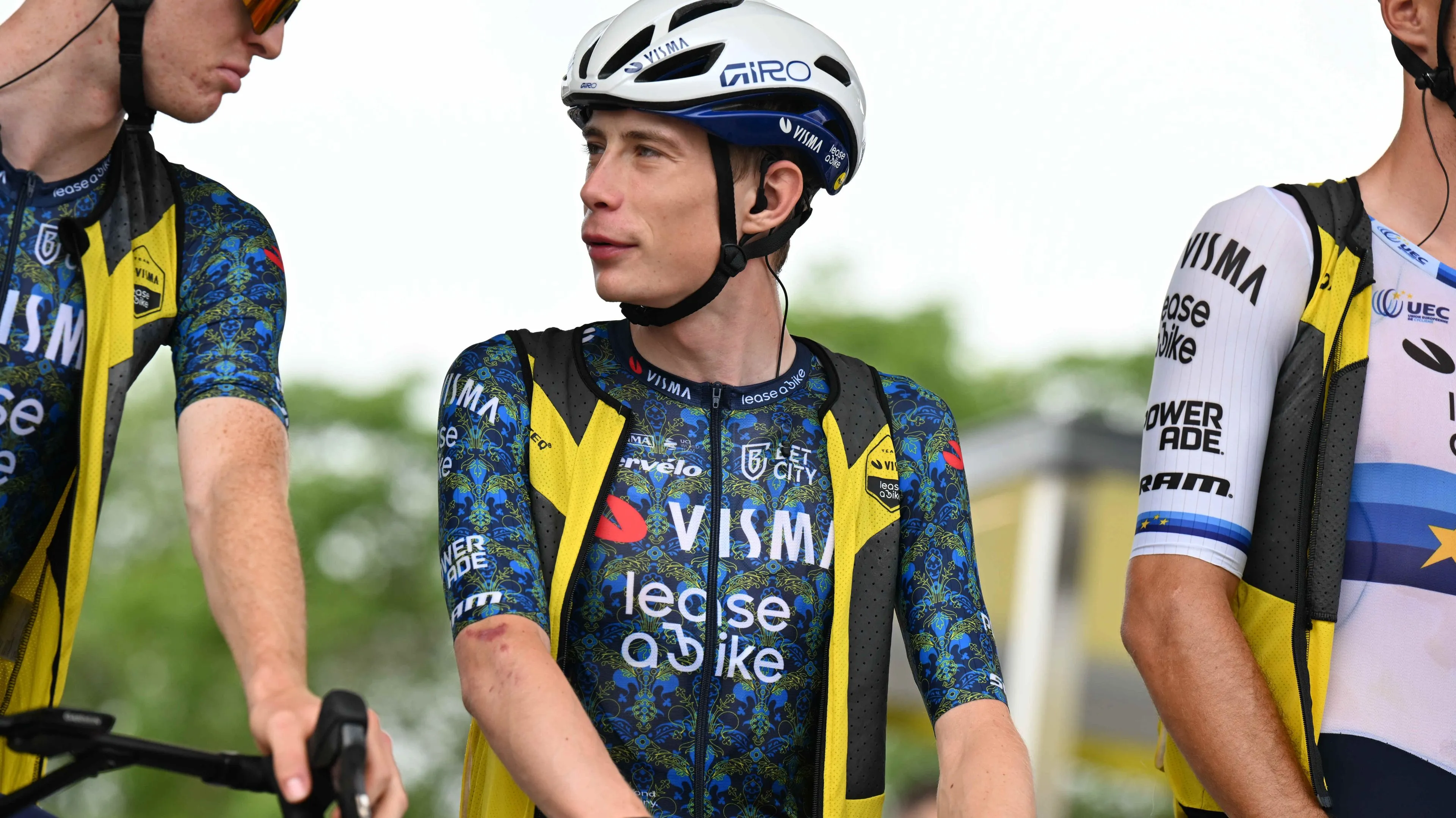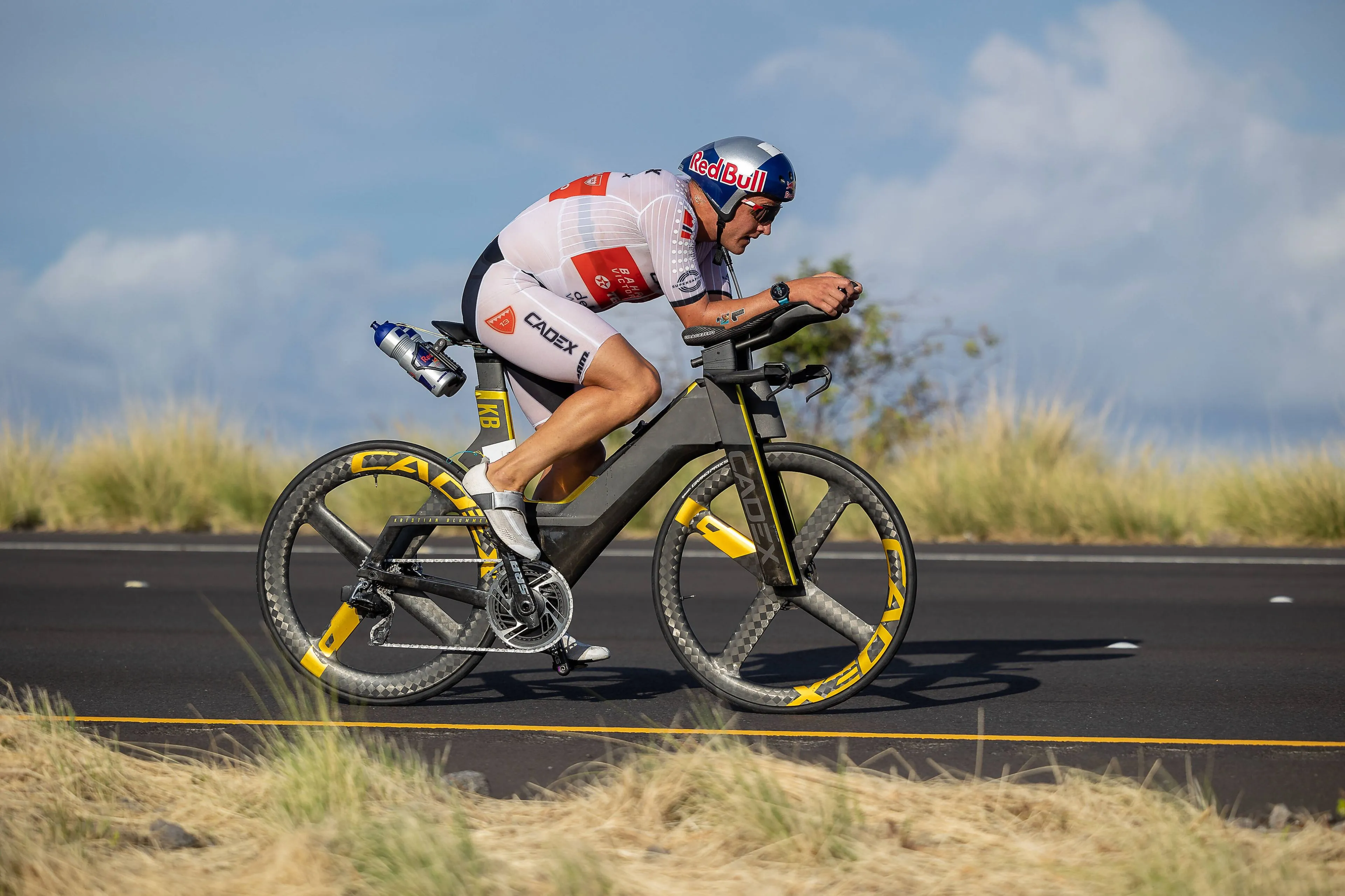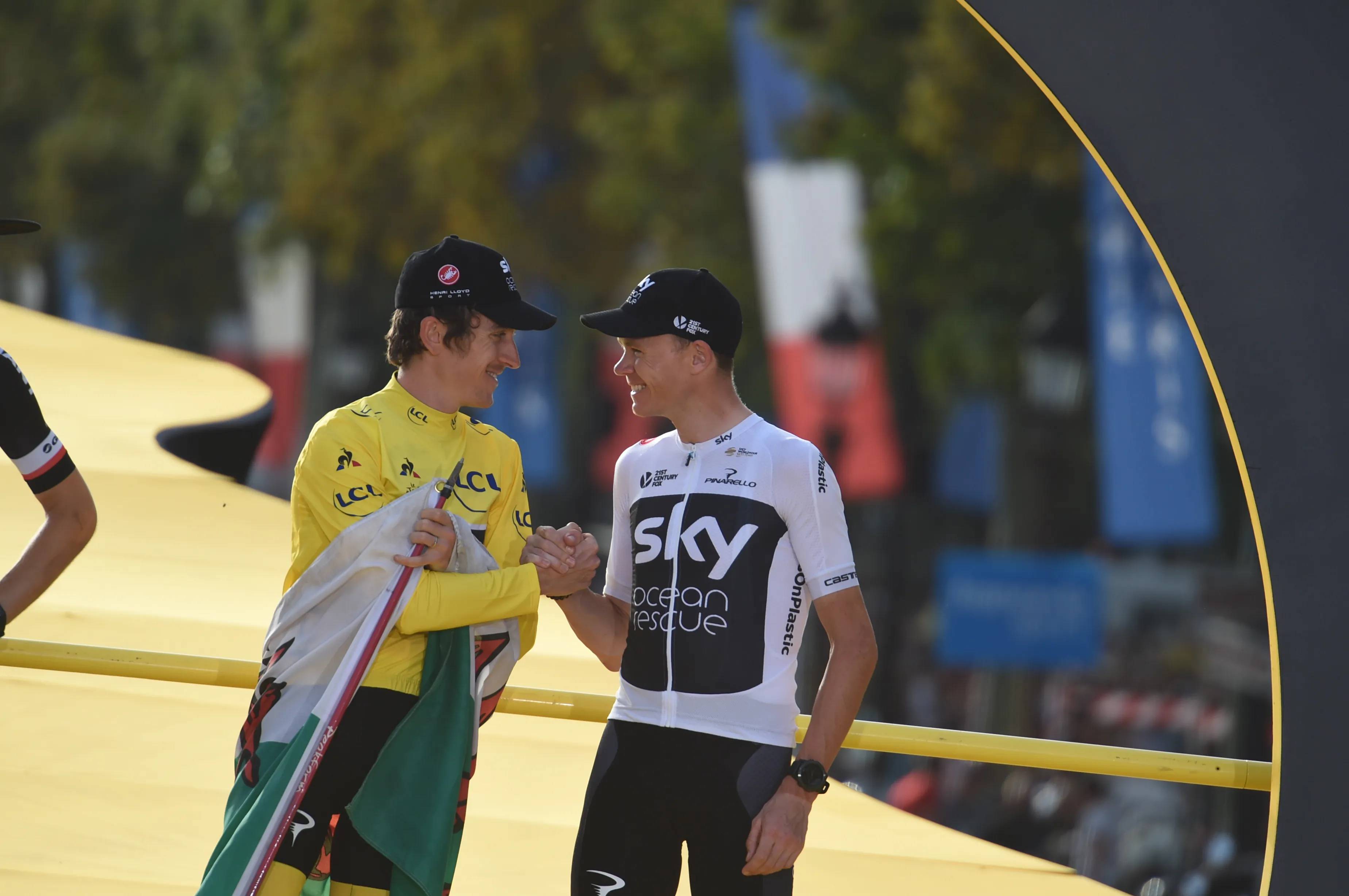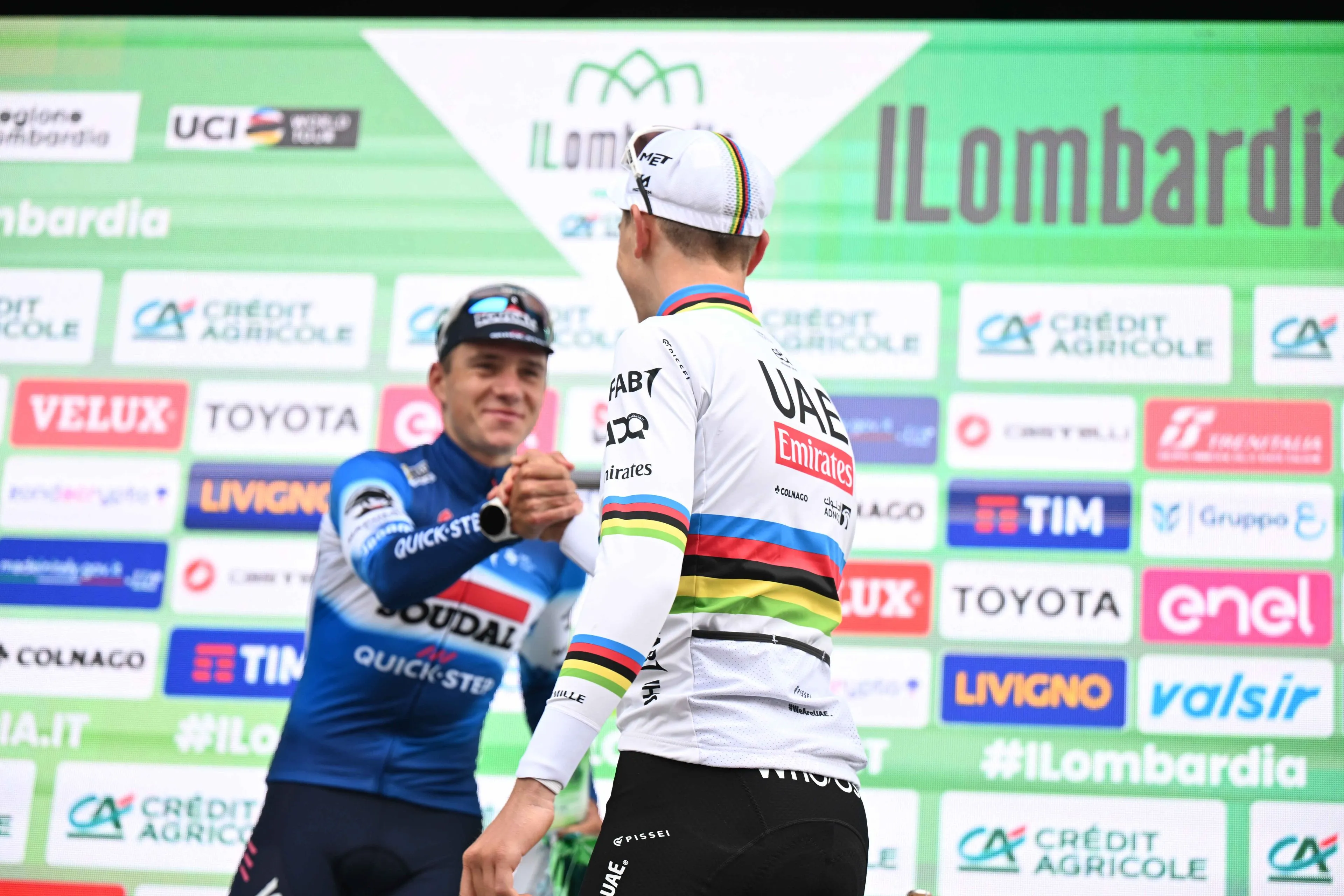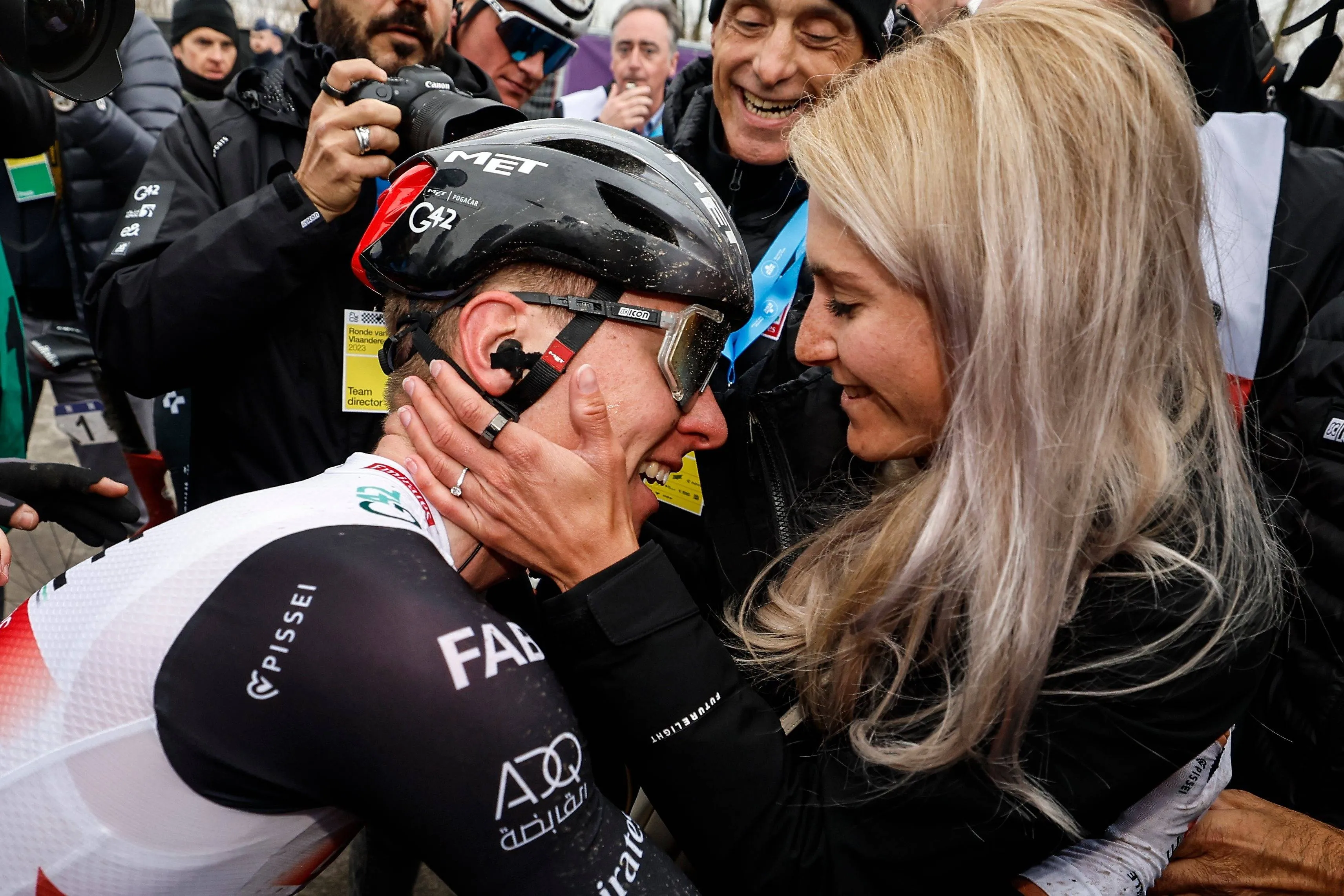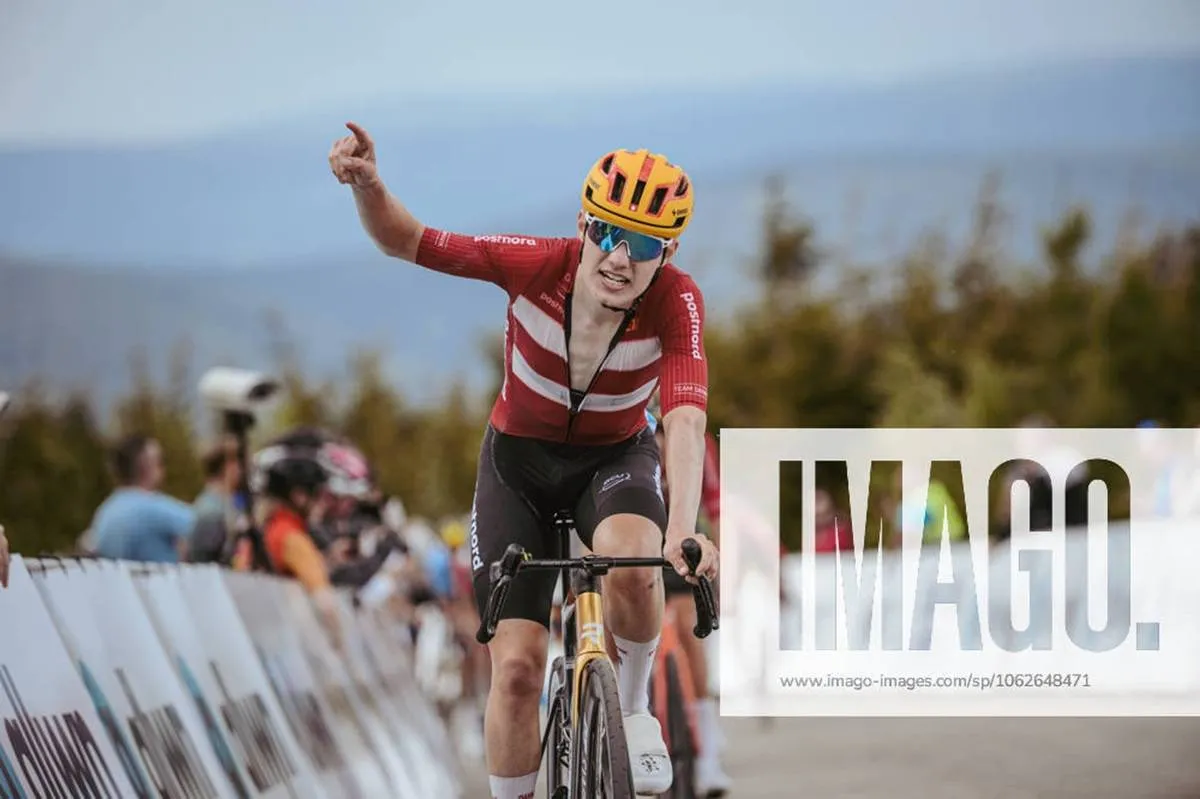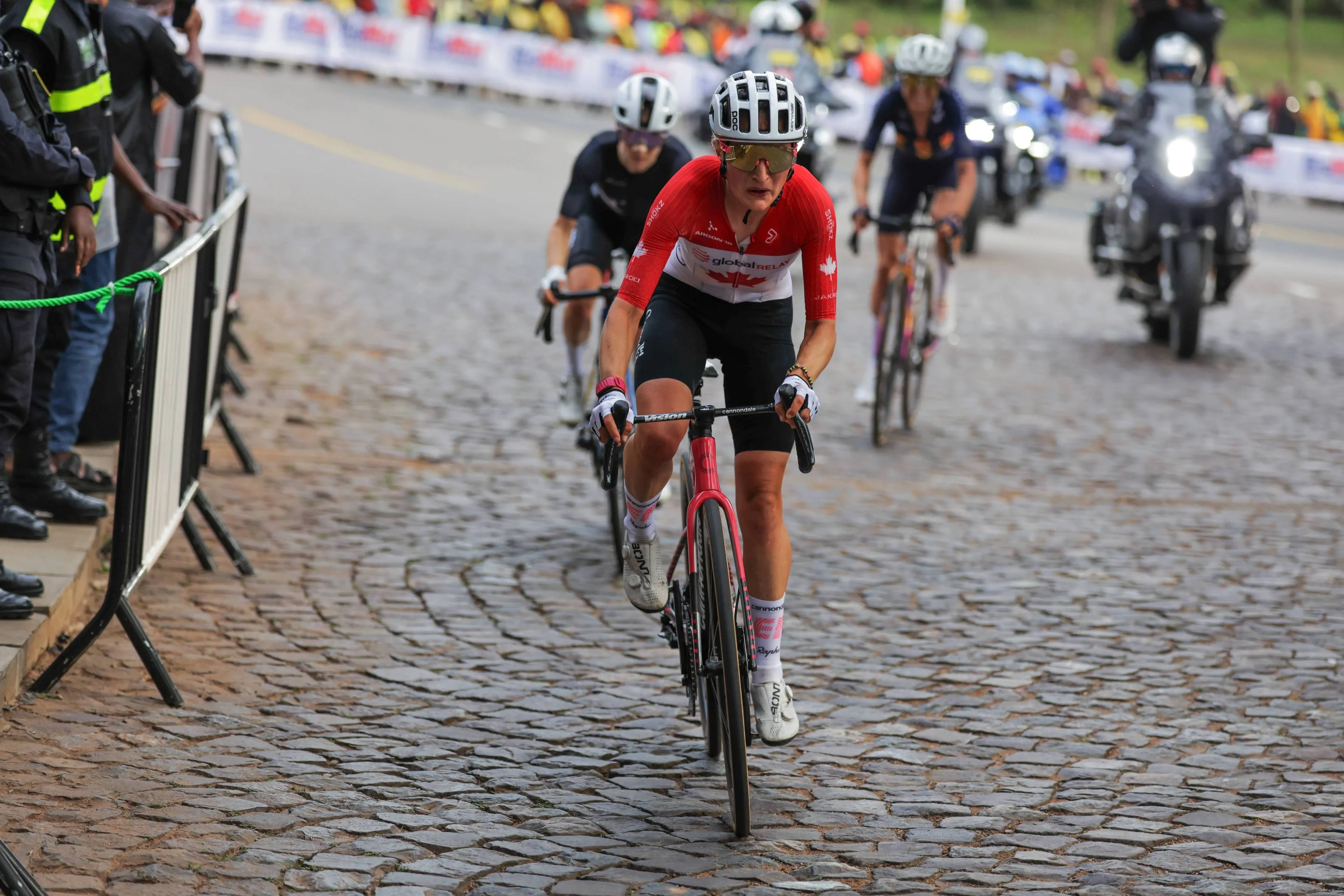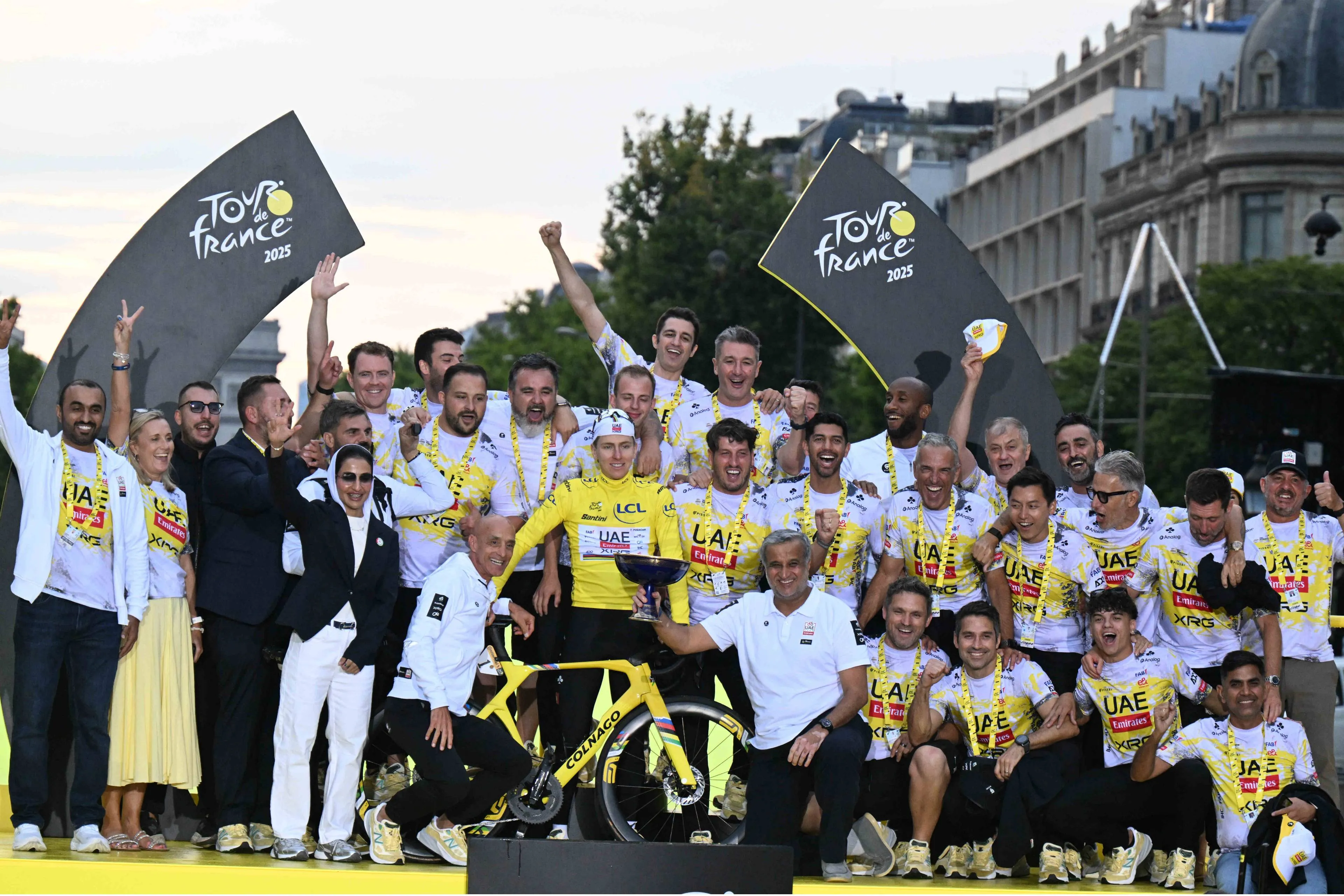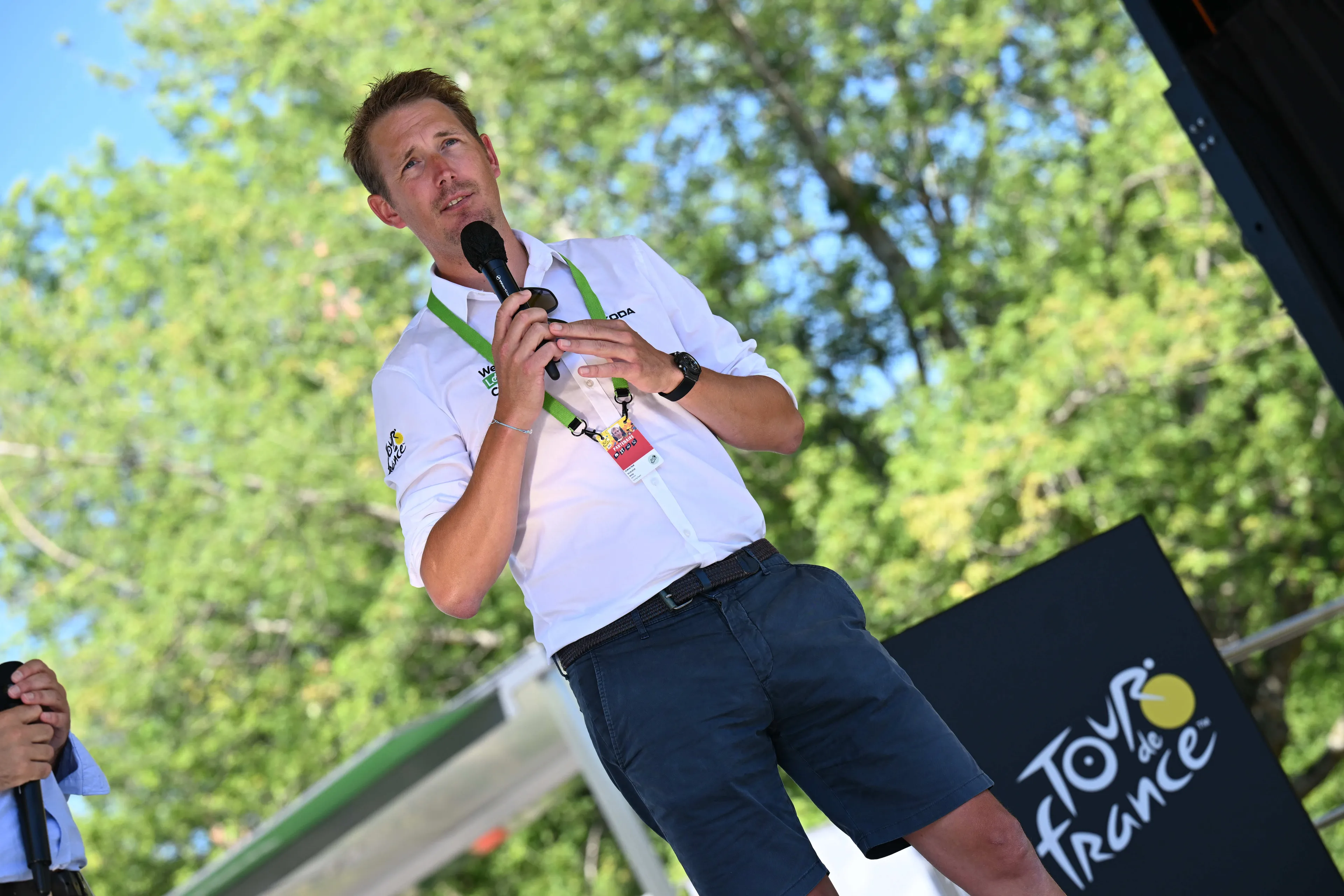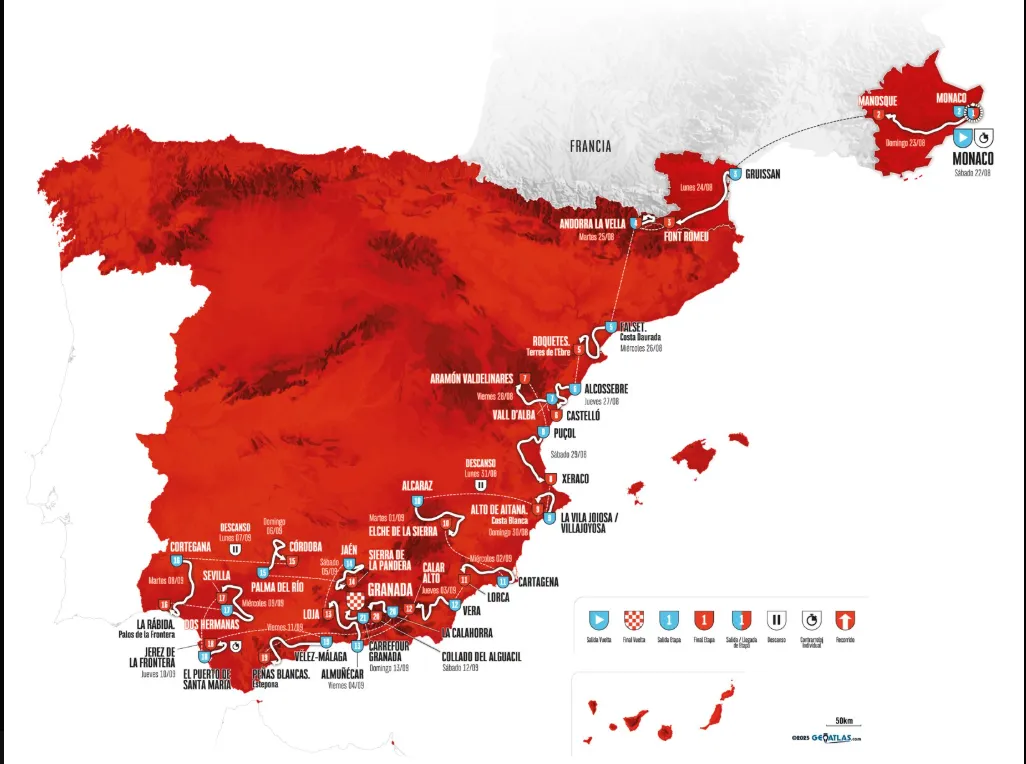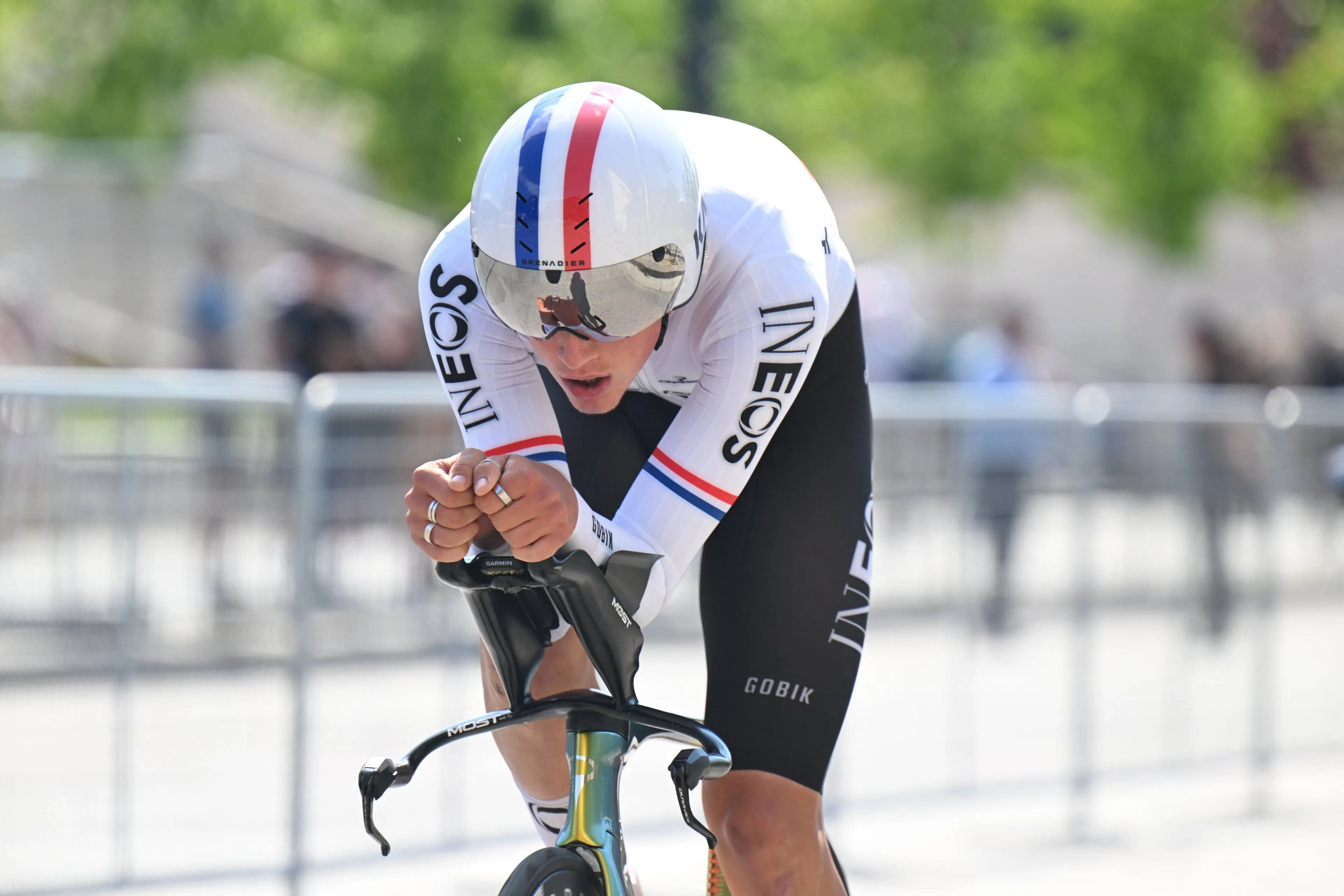The 10 biggest scandals in cycling history: Festina, Operation Puerto, Simpson, Armstrong
CyclingMonday, 11 November 2024 at 21:30
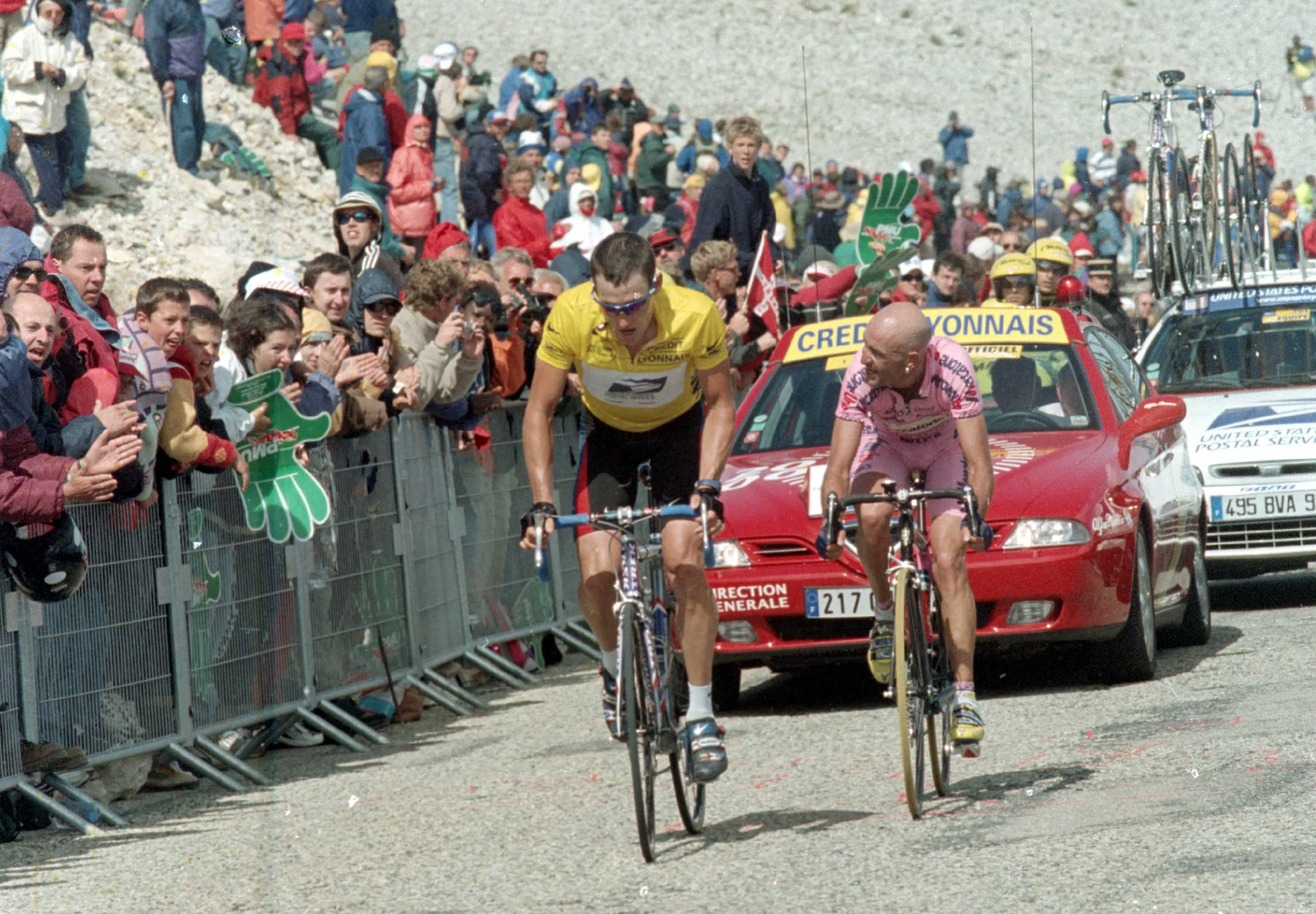
Our Portuguese sister channel, Ciclismoatual have analysed the 10 biggest scandals in cycling history up to the end of the first decade of the 21st century. Have a look for yourself right here!
The way we've found to classify them is in chronological order, to avoid comparisons between cases. In a future article, we'll delve into cases such as "Operation Ilex", and talk about Marcos Maynard, among many others, which do nothing to help and only denigrate the sport;
Read also
When Tom Simpson died in the middle of the 1967 Tour de France, cycling was already dominated by doping, particularly stimulants, as evidenced by Joaquim Agostinho's two disqualifications in the Tour of Portugal. The pharmaceutical industry has evolved and so have doping techniques. The Festina scandal in 1998 sounded a new alarm and was decisive in getting the sporting world to stop pretending that nothing was going on. Eufemiano Fuentes caused an earthquake in cycling, but it was Lance Armstrong who was the pinnacle of the sport's dark period.
Armstrong was a cyclist who won the Tour de France seven times in a row, generated empathy, drew crowds and was an idol. All because he liked the cult of image. He wanted to be the greatest of all time so badly that he succeeded: in 2012, the American won the trophy awarded by Sports Illustrated magazine to the most unsportsmanlike athletes of the year;
Read also
1. Tom Simpson (1967)
The Tour de France recorded its first doping-related dark moment in 1967, when Briton Tom Simpson died on Mont Ventoux, one of the race's most mythical mountains, because the amphetamines he had taken prevented him from realizing that his body couldn't handle the excessive effort and heat.
2. Knut Jensen (1970)
Three years after Simpson's death, Denmark's Knut Jensen died at the Olympic Games in Rome from a mixture of amphetamines, vasodilators and caffeine;
3. Joaquim Agostinho (1969 and 1973)
The Sporting cyclist was the Portuguese who achieved the best results in the Tour de France during the years he competed in the Gaulish race. However, it was in Portugal that he won his most important titles, including three consecutive victories in the Tour of Portugal between 1970 and 1972. The only reason he doesn't have five consecutive victories to his name is because he was disqualified in 1969 and 1973 for doping, records that would now lead to him being banned from cycling;
Read also
4. Festina (1998)
The 1998 Tour de France was about to begin when French police arrested Festina team masseur Willy Voet at the French-Belgian border in possession of 40 packages of doping products. The questioning of Willy Voet, Festina's managers and cyclists revealed that doping was widespread in the team. The judicial investigation affected other teams in the peloton and led France to adopt pioneering legislation to combat doping;
5. Marco Pantani (2004)
The "Pirate's" memorable victories in the 1998 Tour and Giro were soon forgotten when the Italian cyclist spiraled into self-destruction. Expelled from the 1999 Giro for having irregular blood values, Pantani found himself involved in other doping accusations and lawsuits. He became addicted to drugs and died in 2004 from a cardiac arrest caused by a mixture of cocaine and antidepressants.
Read also
6. Tyler Hamilton (2004)
He was wearing the colors of Phonak when, in the 2004 Vuelta a Espana, an anti-doping control detected traces of a blood transfusion. This result was identical to the one recorded a month earlier at the Olympic Games in Athens, when Hamilton, who won the gold medal in the time trial, was not disqualified because a laboratory error prevented a further analysis. The American cyclist was later named as one of the clients of Spanish doctor Eufemiano Fuentes' doping scheme.
7. Roberto Heras (2004)
In the penultimate stage of the 2004 Vuelta a Espana, an individual time trial, Heras put in an extraordinary performance, on a par with the greatest specialists in the discipline. The Spaniard looked set to secure his fourth victory in the race, but the doping control carried out at the end of the stage detected erythropoietin and he was disqualified. He was also a client of the doping network set up by Fuentes and dismantled by "Operation Puerto";
8. "Operación Puerto" (2006)
With the collaboration of repentant cyclist Jesus Manzano, the Spanish Civil Guard dismantled a large-scale doping network at the start of this season run by Spanish doctor Eufemiano Fuentes, whose "treatments" were allegedly administered to 58 professional cyclists, including some of the most important names in the sport to date, such as Jan Ullrich or Ivan Basso, two of the nine cyclists who were later barred from taking part in that year's Tour de France.
Read also
9. Floyd Landis (2006)
After Operación Puerto, the World Tour peloton finally looked clean and ready to regain credibility, especially in the Tour de France. Floyd Landis seemed to be out of the running for overall victory after a poor stage in the Alps, but the next day he was "reborn" and back in contention for the race win, confirmed two days later when he rode a good time trial. It was an epic effort that, in the end, had some outside help: synthetic testosterone.
10. Lance Armstrong (2011)
They call him "the father of doping". Lance Armstrong was the talk of the town for years, not only for his use of illicit substances, but also for mechanical doping. After years of denying accusations following an investigation by the French newspaper L'Equipe, Lance was framed by his former teammates, who denounced him and told in detail how and when the American doped in every Tour de France he won. Armstrong eventually confessed to doping on the Oprah Winfrey show and had to give back the seven titles he had won. In 2021, a former head of the AFA accused Lance of having used a motor on his bike since 1999, after analyzing it and noticing that during climbs, whenever he put his hand behind the saddle, he increased his speed. A French journalist said that according to his investigations, Armstrong had paid a Hungarian engineer 2 million dollars for the invention of the motor;
Read also
claps 0visitors 0
Just in
Popular news
Latest comments
- I dont know about winning but he has certainly shown that he can lose one.abstractengineer19-12-2025
- Unfair points system!!!. Its the same system under which Virenque won 7 polka dots. But then he cheats so how can he call it unfair.abstractengineer19-12-2025
- Yes being favorites, being 3 to 1 and not winning is worst, 2nd time in history, both times Belgiansabstractengineer19-12-2025
- Uijtdebroeks is just a malcontent. he has never won anything. he will do nothing with Movistar. I would let Remco go for 7 million too. he's great, but not worth it. pay 10 million for Ayuso? also nuts.mij19-12-2025
- interesting Mads got 2nd at Flanders, and he isn't even mentioned by Wout LOL. makes me laugh how he is so overlooked.mij19-12-2025
- I think a 3 v 1 finish with the 1 being a good rider, but not great, is close to humiliation.mij19-12-2025
- These whiners simply want to keep their hold in the highest echelons of the sport without having to perform well enough to please their sponsors and remain there. Cycling has been "unsustainable" ...for 130 years! If Vaughters wants to leave the sport, there will be hundreds of teams happy to ride the Tour and the biggest races in the world in his place. That's what happens when there's a ton of supply of teams and a limited amount of demand for teams at the highest level! -An Economistacem8219-12-2025
- If she was Dutch or Belgian she'd have already sorted a team out. Unfortunately, the CX teams are pretty insular to 'foreigners' and would rather give a spot to a local rider. And that is one reason why the sport is niche outside its heartland.wipperman9519-12-2025
- Dear Editor: It is no humiliation to make the final, even with two riders, and not get it perfect against another talented rider. Disappointment, sure.itsent18-12-2025
- I luv this guy ,so honest puts the hand up ..."my fault.".. I would be stoked to see him win his big monuments ... i think he would be a great team mate and friend.Davide18-12-2025
Loading
Write a comment
